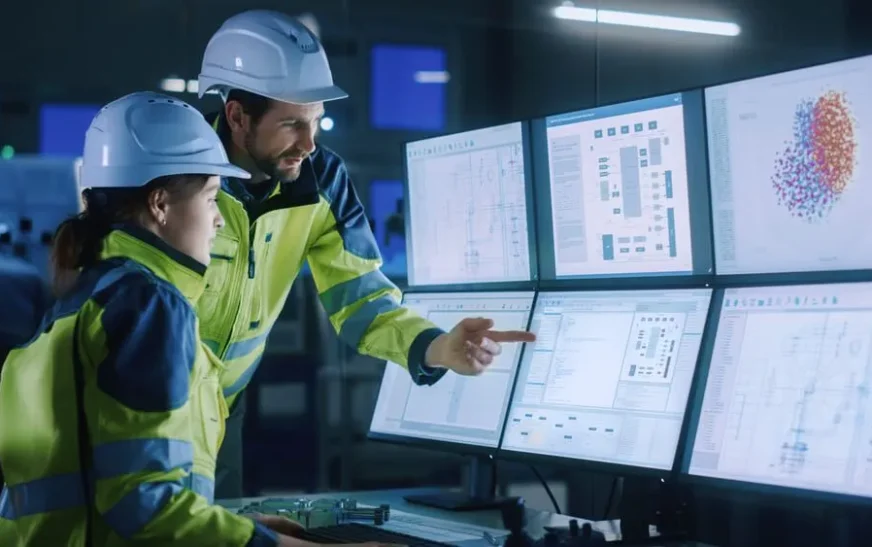As the world continues to evolve at a rapid pace, the traditional pathways of education are being re-evaluated to meet the demands of the 21st-century workforce. Vocational education, often viewed as a secondary option to academic education, is gaining recognition for its ability to equip students with practical skills and knowledge that are directly applicable in the workplace.
Understanding Vocational Education
Vocational education focuses on equipping students with specific skills and knowledge related to particular trades or professions. Unlike traditional academic education, which often emphasises theoretical knowledge, vocational education is hands-on and practical, providing students with real-world experience. In Australia, vocational education is delivered through various programs, including Technical and Further Education (TAFE) institutes, private registered training organisations (RTOs), and secondary schools offering VET courses.
Key Features of Vocational Education
- Practical Learning: Vocational education emphasises practical skills and hands-on training. Students engage in activities that mirror real-world work environments, allowing them to apply theoretical knowledge to practical situations.
- Industry-Relevant Skills: Vocational programs are designed in collaboration with industries to ensure that students acquire skills that are in demand in the workforce. This alignment with industry needs enhances employability and job readiness.
- Flexible Pathways: Vocational education offers flexible pathways that cater to diverse learning needs and career goals. Students can choose from a wide range of courses, from hospitality and construction to healthcare and information technology.
- Recognition of Prior Learning (RPL): Vocational education recognises prior learning and experience, allowing students to gain credit for skills they have already acquired, which can accelerate their educational journey.

The Benefits of Vocational Education
Vocational education focuses on developing practical skills that are directly applicable in the workforce. This emphasis on skill development is crucial in preparing students for the demands of various industries.
For example, a student pursuing a vocational course in carpentry will gain hands-on experience in using tools and techniques that are essential for the trade. This practical training ensures that students are job-ready upon graduation, reducing the gap between education and employment.
Career Readiness
One of the primary advantages of vocational education is its ability to prepare students for the workforce. By providing industry-relevant skills and real-world experience, vocational programs enhance students’ employability and career readiness.
Personal Growth and Confidence
Vocational education not only equips students with technical skills but also fosters personal growth and confidence. By engaging in hands-on learning and problem-solving activities, students develop critical thinking, communication, and teamwork skills.
These soft skills are essential in any workplace and contribute to a student’s overall development. Furthermore, vocational education encourages students to take ownership of their learning, instilling a sense of responsibility and independence.
Pathways to Further Education
Vocational education provides pathways to further education and higher qualifications. Students who complete vocational courses can choose to pursue higher-level qualifications, such as diplomas or advanced diplomas, in their chosen field. Additionally, vocational education can serve as a stepping stone to university education, with many institutions recognising vocational qualifications for entry into degree programs. This flexibility allows students to tailor their educational journey to align with their career goals.

Addressing Skill Shortages
Australia faces skill shortages in various industries, including healthcare, construction, and technology. Vocational education plays a crucial role in addressing these shortages by providing a pipeline of skilled workers to meet industry demands. For instance, the healthcare sector requires a steady supply of qualified professionals, such as aged care workers and nurses, to cater to the growing ageing population.
Vocational education programs in healthcare equip students with the necessary skills and knowledge to fill these roles, ensuring that the sector remains sustainable and capable of delivering quality care.
Meeting Industry Needs
Vocational education programs are designed in collaboration with industry stakeholders to ensure that they meet the current and future needs of employers. This collaboration ensures that vocational courses remain relevant and up-to-date, reflecting the latest advancements and trends in various fields. By aligning education with industry requirements, vocational education enhances students’ employability and ensures that they possess the skills needed to succeed in the workforce.
Filling the Gap in the Workforce
Vocational education plays a vital role in filling the gap in the workforce by producing skilled workers who are ready to contribute to their respective industries. For example, the construction industry relies on a steady supply of qualified tradespeople, such as electricians, plumbers, and carpenters, to meet the demand for infrastructure development. Vocational education programs in these trades equip students with the technical skills and knowledge required to excel in their roles, ensuring that the industry remains competitive and capable of meeting future challenges.
Conclusion
Vocational education plays a vital role in preparing students for the future, offering a range of benefits that are essential for success in the 21st-century workforce. By providing practical skills, career readiness, and personal growth, vocational education equips students with the tools needed to thrive in their chosen fields.













